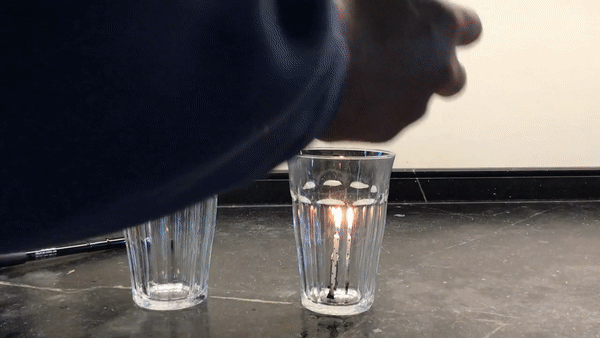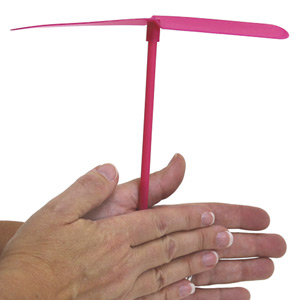
By Jared Hottenstein
Have you ever watched science experiment videos on YouTube? Chances are good that everything works perfectly. So you grab some materials and try the same experiment at your kitchen table. But it doesn’t work like it did in the video! What gives? The reality is that most science YouTubers edit out the bloopers and fails. To put it bluntly, science is not always an exact science.
The Simple Truth…
Just because we measure things perfectly and follow all the directions doesn’t mean an experiment is going to work. We’ve all tried—and failed—at performing science demonstrations in person or online. A big part of science is figuring out WHY something is not working and devising ways to make it work better.
I’ve known lots of teachers who were afraid to try hands-on experiments in their classrooms because they were afraid something wouldn’t work. But kids need to see that science doesn’t always work the way we expect it. Fails, flubs, and backfires are a part of learning. My paper airplane folds may look perfect, but it still takes a nose dive. Or my plastic bag hot air balloon should float, but there’s not a whiff of lift-off. My egg drop vehicle should absorb the impact, but the egg breaks. If you’ve ever tried a science demonstration only to have it fail, welcome to the club! You’re not alone!
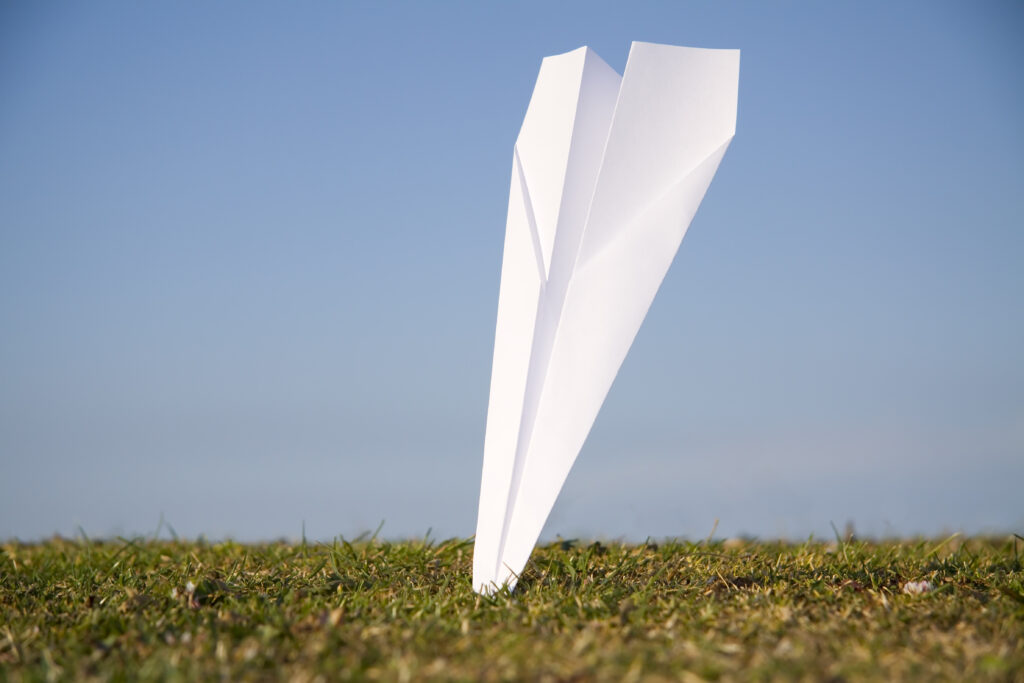
Memorable Fails
The goal of our YouTube channel, FunScienceDemos, is to use everyday materials in simple demonstrations to explain science concepts in a way that kids understand. Our channel has well over 200 science videos. Almost every one of them had a mistake that we edited out later. Some of the demos on our channel took us months to develop. Our trashcans are filled with failed attempts.
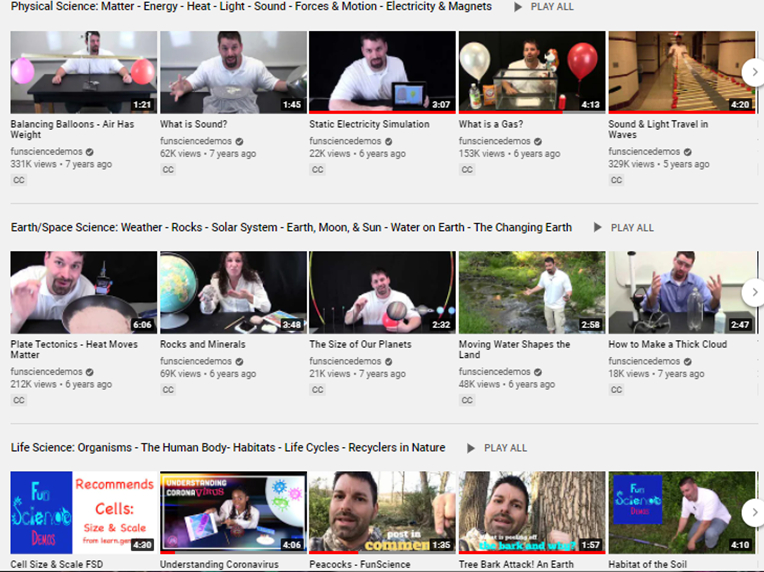
Our demo on why the sky is blue was a huge challenge. The most common demo to explain why the sky is blue uses a container of water with a few drops of milk. The fat and protein molecules in the milk are supposed to scatter the blue light from a flashlight and give the tank of water a glowing blue appearance. We tried every type of milk in existence: 1%, 2%, whole milk, skim milk, almond milk, soy milk. We tried adding different amounts of milk: a spoonful, a splash, a cupful, a capful, exact measurements. It almost worked… sort of… kind of… almost… but not really. More fails.
If at First You Don’t Succeed…
Next we tried mixing different solutions into the water other than milk. What if we added salt or sugar or powdered sugar or baking soda or baking powder? Nothing worked. Finally, we found an opalescent glass egg online that looked like it gave the perfect results of a vivid glowing blue when you shine a light near it. The opacity and look of the egg reminded me of the look of unflavored gelatin. I mixed up a batch of unflavored gelatin and dumped it in a glass jar. Then I let it set up in the refrigerator for an hour and got ready for the first test run. Finally, I turned off the lights, fired up the flashlight and held it against the jar. The most vivid, glowing blue filled the room! The top of the glass glowed a vibrant yellow.

I grabbed glass jars of all different shapes and sizes and filled them with gelatin only to find out that the smallest and largest containers didn’t work very well. It took even more failed attempts to figure out that a plastic water bottle worked perfectly. One or two packets of unflavored gelatin dissolved in a plastic water bottle filled with hot water seems to be the sweet spot. After a mountain of failures, we finally had a demo that explained why the sky is blue and sunsets are yellow-red in a way that kids could understand and replicate at home.
Tips for Preventing Science Fails
Mistakes and fails are inevitable, but they don’t have to be insurmountable. The first step in dealing with science flubs is to practice and prepare. Before I design a new science demo, I hop on Google and read up on the topic to get a big picture overview. Next, I dig in and research specific details.
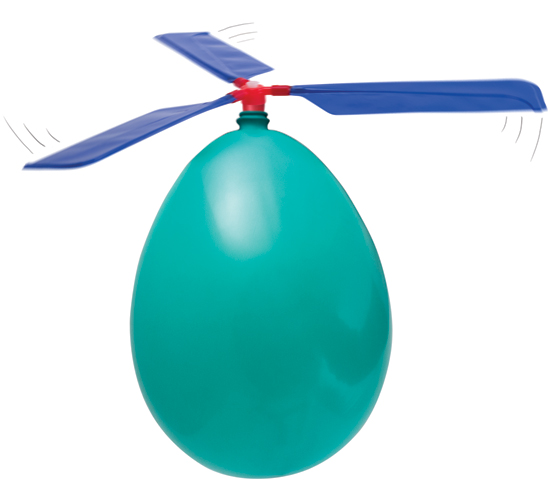
Sometimes a demo dud is because of user error. When you buy materials from Educational Innovations, they usually come with easy-to-understand directions. Read them! The Balloon Helicopter directions make it clear that only a certain size balloon will work. I tried using a huge balloon and it was too heavy to fly.
Finally, I scan through some blogs and reviews to learn from other people’s fails. This is a big reason why Educational Innovations blogs are so powerful. Once I’m comfortable with what the science should look like, I put the pieces together and try a few practice runs.
The next step sounds peculiar: plan to fail. I don’t mean to doubt yourself and approach the activity with trepidation. I’m talking about proactively considering some of the different things that could go wrong. Stock up on extra materials in case the first try doesn’t work.
Build Your Science Stamina
The first time you do an experiment or demonstration should not be in front of your class. However, it’s not the end of the world if students see a science experiment or demonstration fail. It’s actually a good thing when students see something doesn’t work the first time. When it’s their turn to run through an experiment, it’s important that they plan to fail as well.
It’s unrealistic to expect perfection. Teachers can make science demonstrations look easy. It takes patience and persistence to work through failed attempts in science. Students need to develop a science stamina that allows them to think and work through any problems that might pop up. That’s exactly what real-life scientists and inventors do!
Ask for Help!
Finally, if something goes wrong and you can’t figure it out, don’t be afraid to ask for help. Social media can be an awesome educational resource. Twitter and YouTube comments sections are great places to ask questions. Our FunScienceDemos YouTube channel is constantly fielding science questions from teachers who get stuck, and we love answering those questions! We want our students to ask questions, but sometimes we’re afraid to ask them ourselves.
If you’re looking for a good place to start, Educational Innovations has a ton of science demos and kits. Some things like their HandCopters and SnapCopters are relatively easy to figure out with a little bit of practice.
Other items like the Power Up 4.0 electric paper plane kit will test your patience and persistence a bit, since it can be tricky to get everything working just right. But what a great way to build science stamina in your students—not to mention the sense of accomplishment when they succeed!
I guess what I’m trying to say is…
Science is not a science all polished and perfect and smooth.
It’s figuring out the fails and finding what can be improved.
Not just jumbled numbers plugged right in and crunched.
Science is living all around us like that moldy cheese from lunch.
It’s eraser marks and smudges, a page all filled with scribbles
and doodles turned to data with stains from spills and dribbles.
Explosions, burns, and blunders, mistakes and mishaps galore!
Science is not a science. It’s life that we must explore.
And now, enjoy some of our fails!
